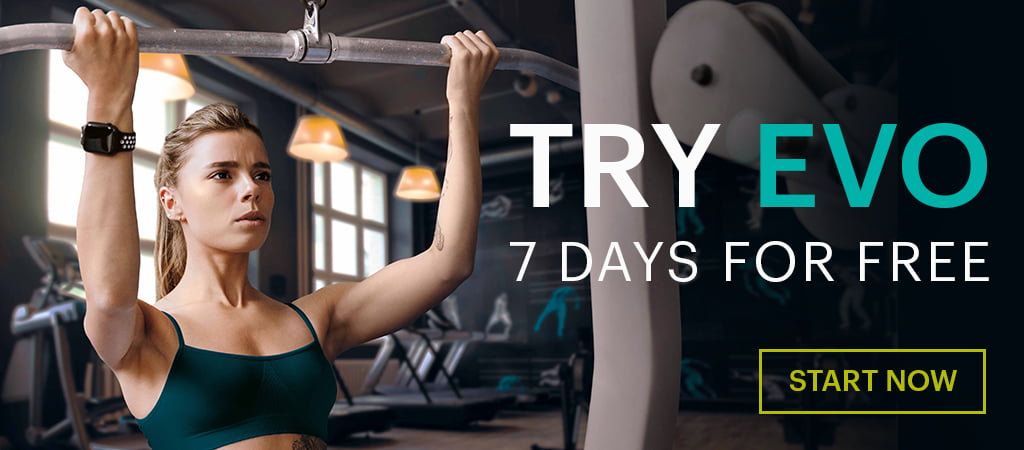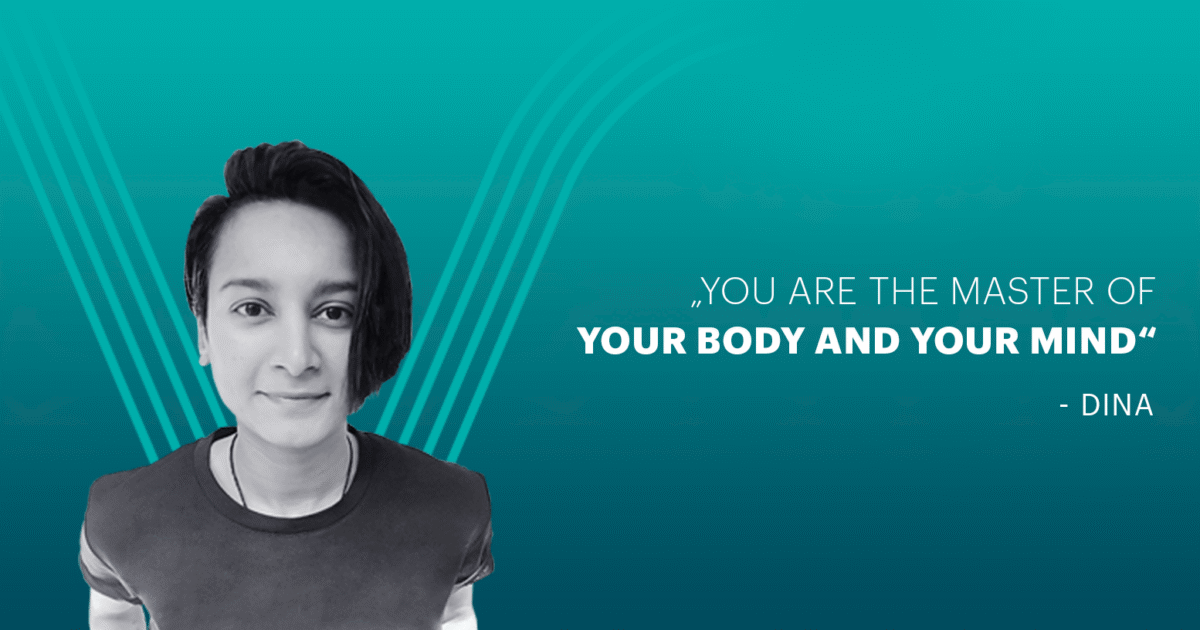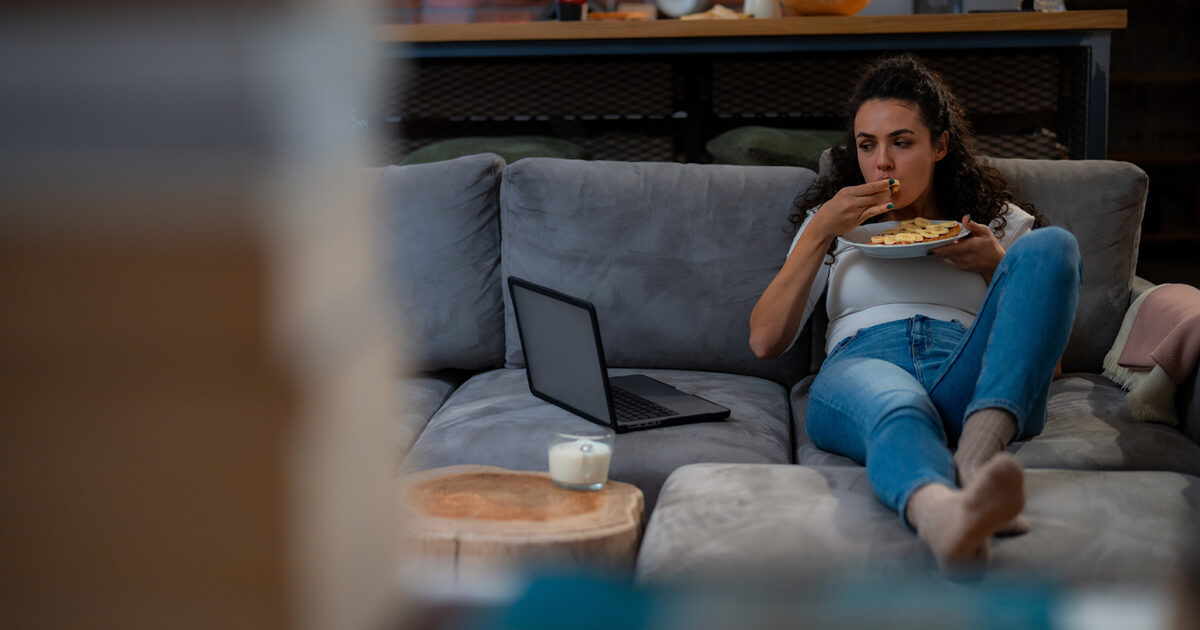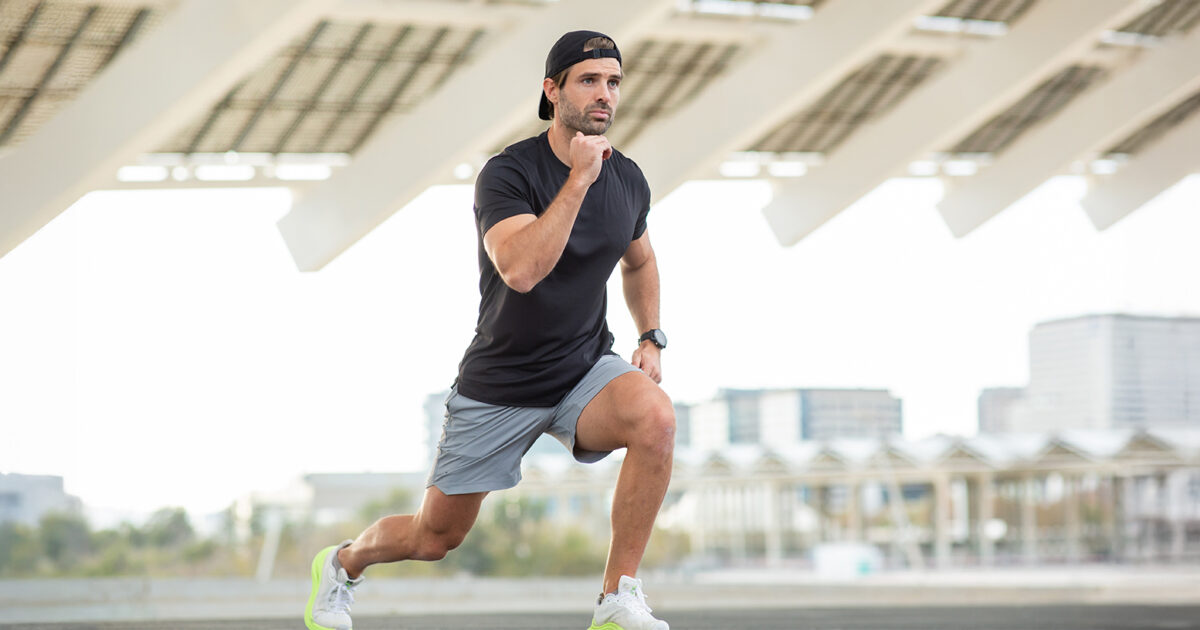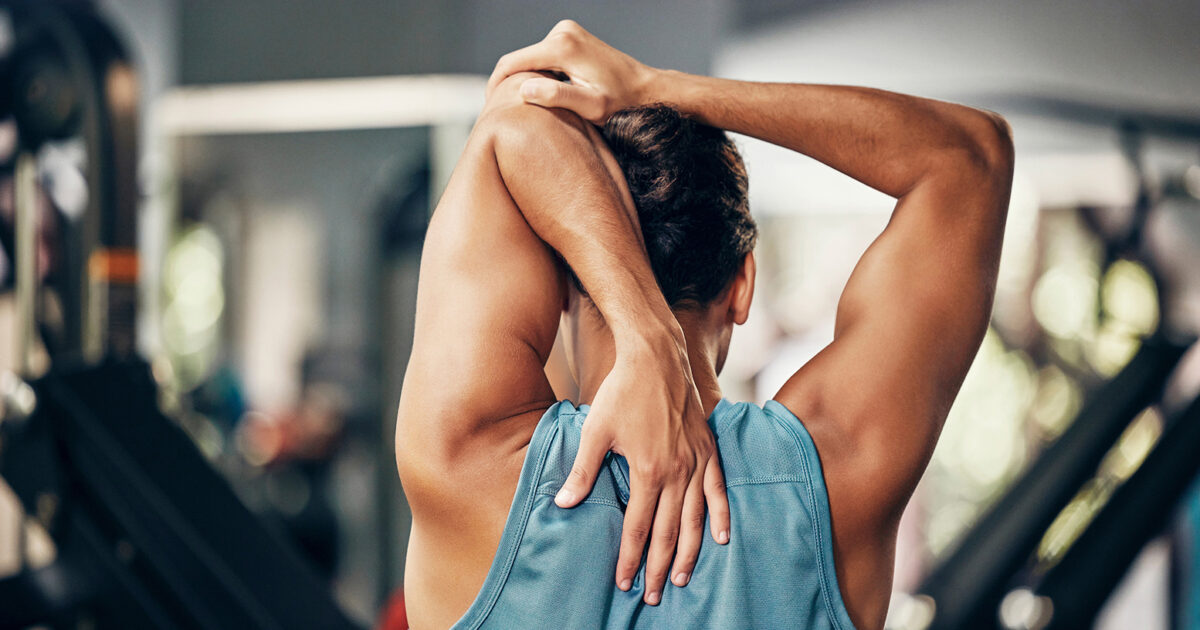The first Personal Trainer interview of 2020 is here. We are excited to introduce you to Dina, our new Personal Trainer at EVO Berggasse. She’s an expert in barefoot strength training and movement therapy. Here’s what she has to teach us.
1 – Hello there, Dina, and welcome to EVO. Can you tell us a bit about yourself?
Hi all, I’m Dina. I’m from London, UK. I am a specialist in human evolutionary biomechanics, and I’ve come here to share my passion for movement with you all. In 2011, I did my Masters in Osteology, during which I developed a fascination with the human body’s capacity to adapt, develop, strengthen and heal. Shortly after that, I started coaching, and I’ve realised how functional training can help prevent injuries and chronic pain.
2 – Is there a life motto you live by?
Yes, I really like “you are the master of your body and your mind.” Something I’ve learnt through my own experiences with chronic pain and lack of lust for life is that if we can learn to master our body and mind, our quality of life drastically changes on a physical, emotional and spiritual level.
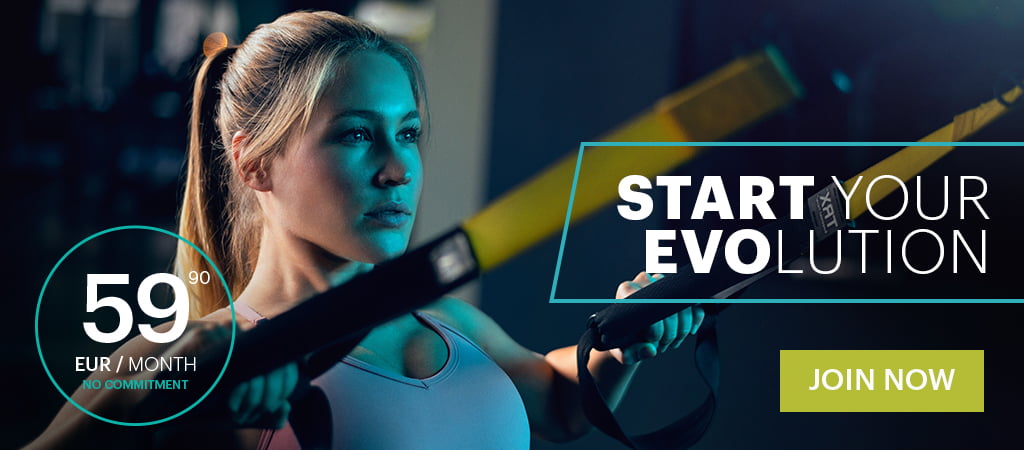
3 – Why did you decide to work at EVO?
Firstly because I love its space – I would only work somewhere where I would also enjoy to train myself. Second, because our philosophies align well. EVO understands the importance of training movements instead of muscles, which is something I have spent the last few years teaching to new PT’s starting in the fitness industry.
4 – Can you tell us more about your areas of training expertise?
I would say barefoot strength training and movement therapy. You see, the training I deliver is a form of functional strength training. Still, additionally, I give significant focus to how all of your joints are aligning themselves during the movements, and where you are distributing the force throughout your body. As a result, my training focuses on conscious body tensegrity throughout movements such as deadlifting, squatting, running, jumping, etc.
In the last decade of sports science research, it has been shown that movement is far more complicated than muscles just contracting and relaxing. We have an entire network of fascia around our muscles, which requires the correct distribution of tension to make movement possible. Every time we move, this chain of tension travels across the body starting from the feet (if we are standing) to the body part/object that we are moving. True functional strength is about having full control over the way this force travels through your body, and movement therapy involves identifying and correcting any “weak links” in this chain.
5 – You mentioned Barefoot Strength training? What is it?
Well, it’s not an hour of foot exercises, that I can assure. It’s a way to train full-body functional strength while making sure the foundation that we’re standing on is aligned and engaged. If there is a weakness in the foot, something along the chain of movement will always have to compensate. This is where we start to see postural imbalances, cartilage damage and then, of course, pain. It’s completely normal that our joints slowly become used throughout our life. Still, when I see perfectly healthy people in their 40’s give up on sport and regular activity because it gives them pain – the idea isn’t to stop moving, the idea is to move better.
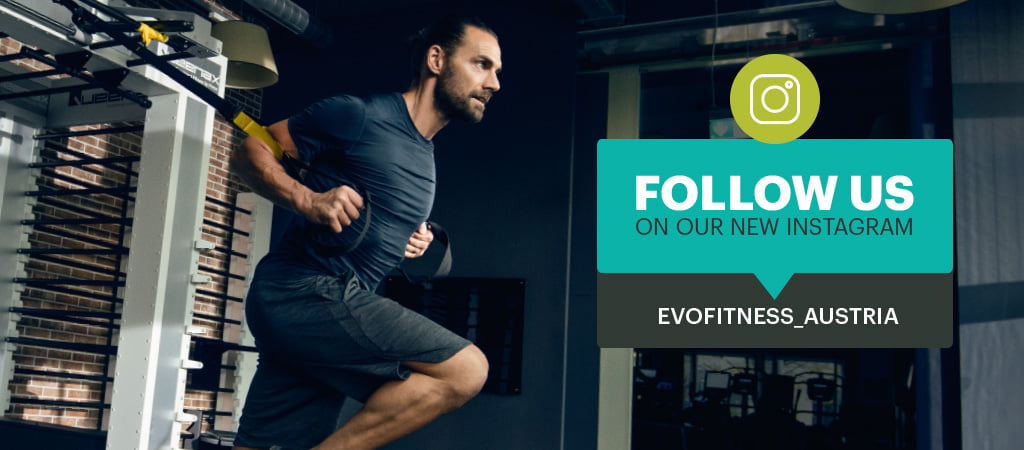
6 – Is barefoot strength training suitable for everyone?
If you have feet, then it’s something you should already be doing. The question is the type/intensity of training. I’ve had senior clients who need barefoot strengthening so that they can get out of their chair without overusing their lower back. On the other hand, I’ve had clients who want to improve their Olympic lifting by creating more power transfer from their feet to hips. It’s a vast spectrum.
7 – You also mentioned movement therapy. What is it exactly?
It is a way of identifying and correcting restrictions and imbalances in our movement using a more holistic approach – so we are addressing entire movement patterns like rotation, pulling, pushing, squatting, sprinting, and not only individual muscles.
8 – What are the benefits of this approach?
It’s just that it applies more closely to the way our body works in real life. So for example, if you have back pain and are given back strengthening exercises, sure the exercises will strengthen the back, but it won’t necessarily change how the back behaves while walking, running, jumping, lifting etc.
9 – Is it only for people with pain or injuries?
No – mostly what we’re doing is optimizing the way force is travelling through your body daily. This plays a big part in keeping us injury free and ensuring our bones and joints stay healthier for longer as we age.
This was wonderful, Dina. Thank you very much for your time. See you soon at EVO!
